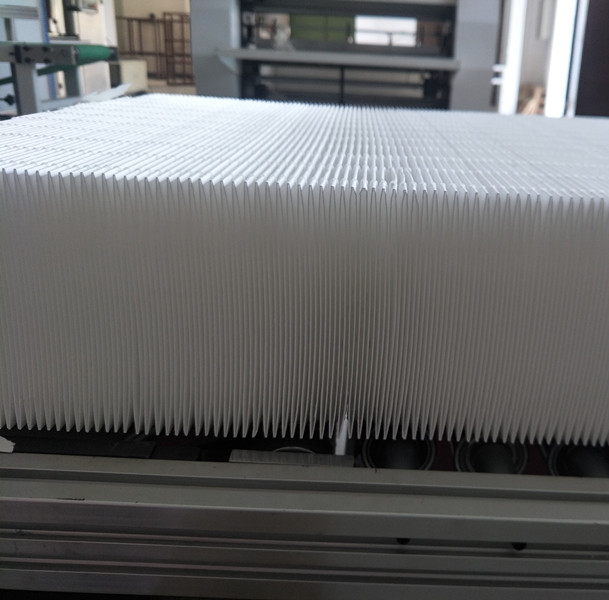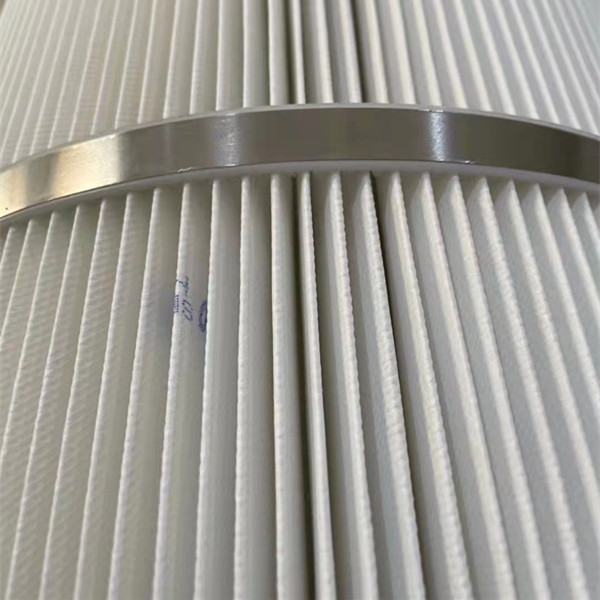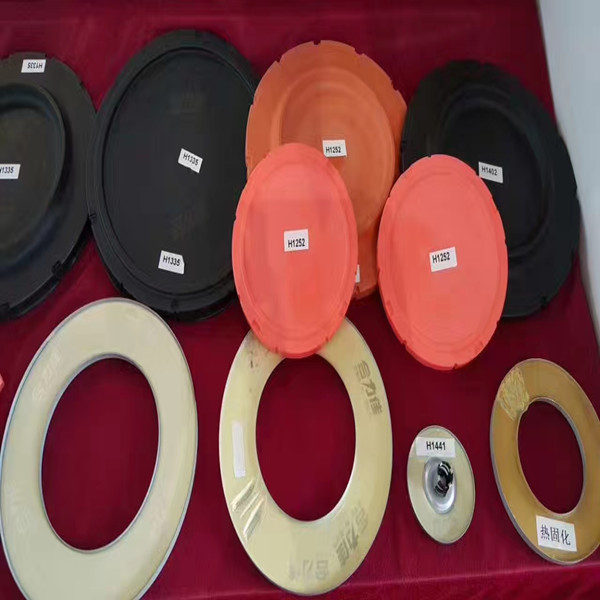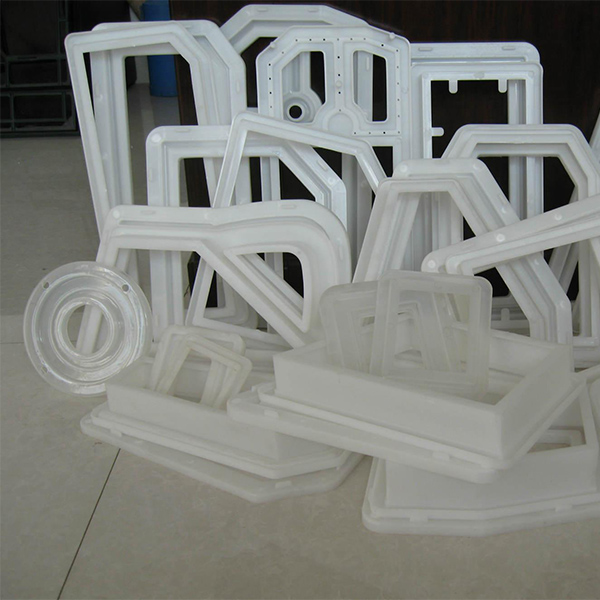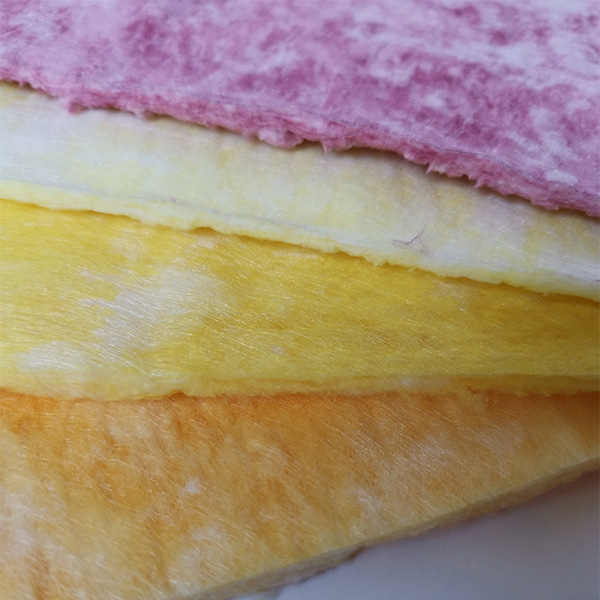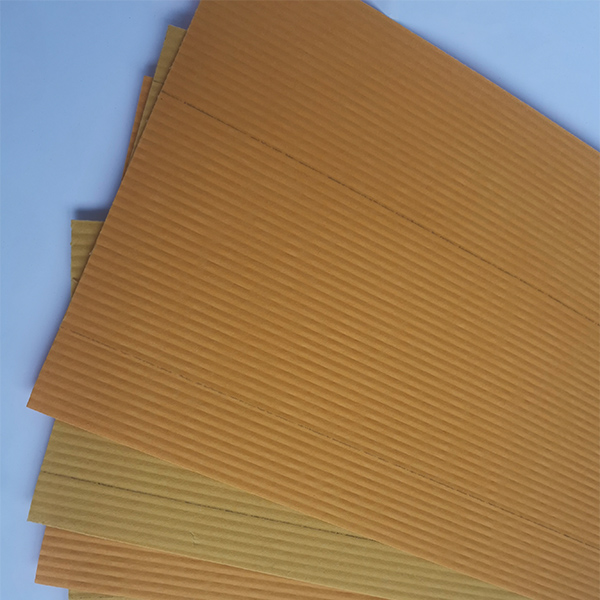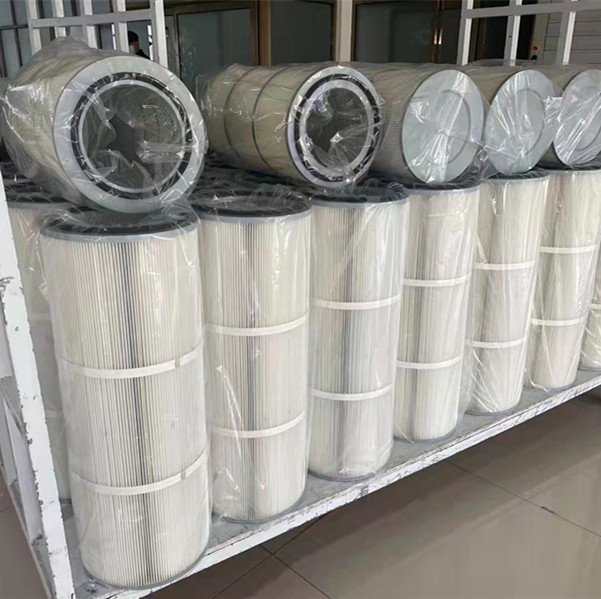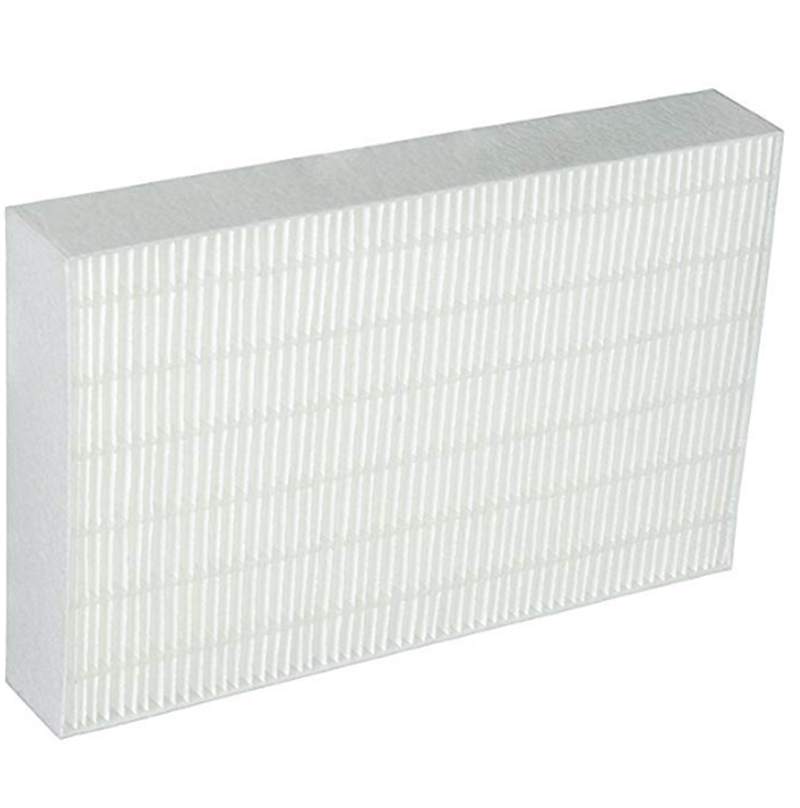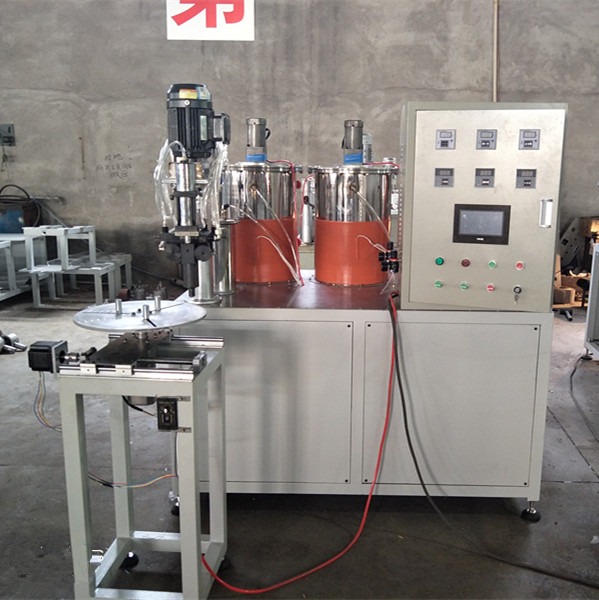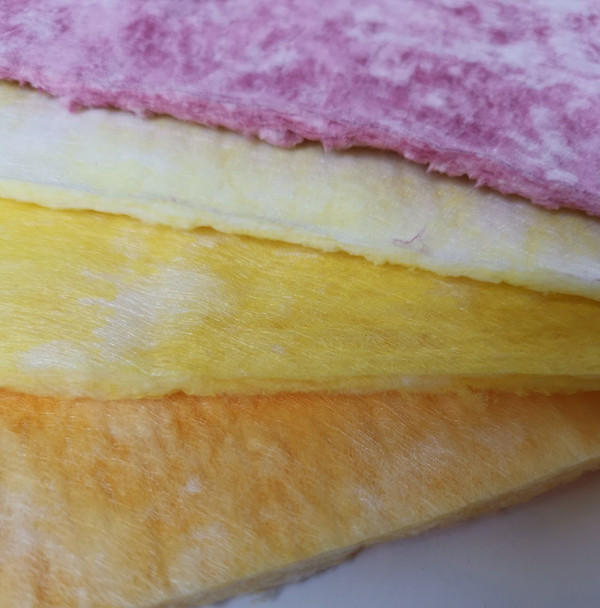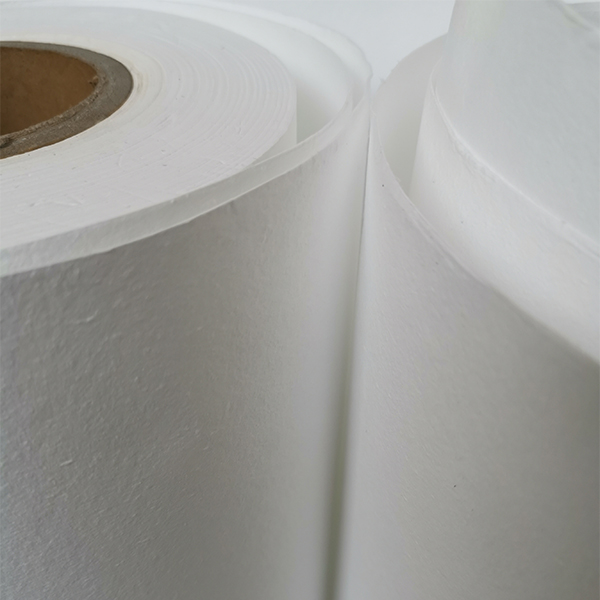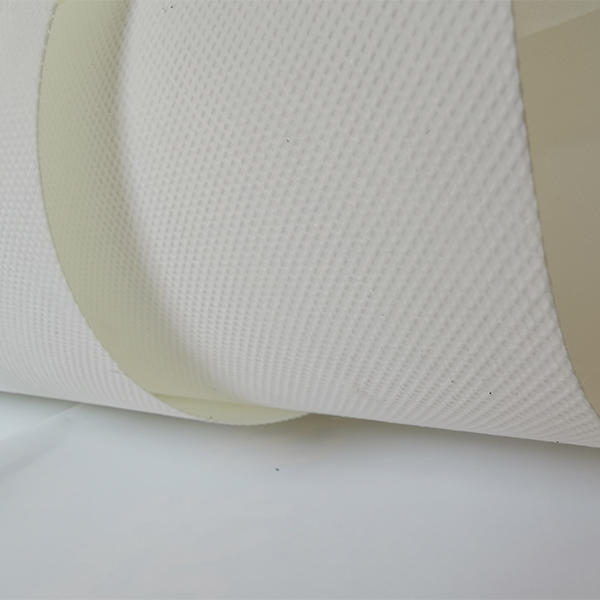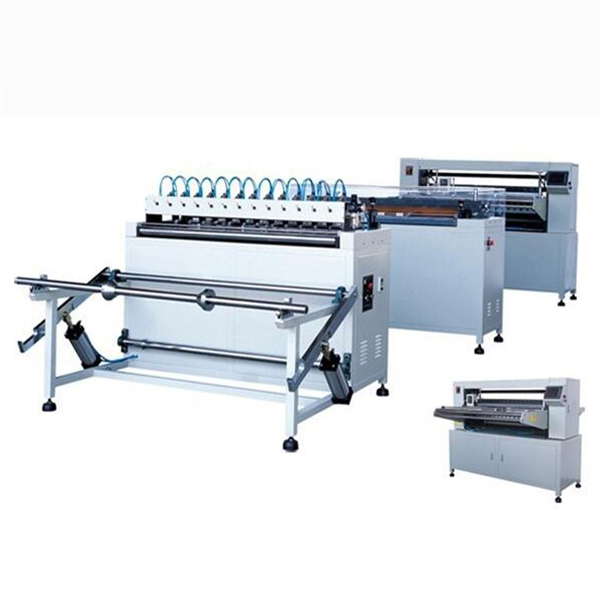Inside the Wire Mesh Filter Renaissance: What Matters in 2025
If you work with process fluids, you’ve probably bumped into Wire Mesh Filters more times than you can count. Lately, demand has climbed—partly because plants want reusable media (hello, sustainability budgets), and partly because operators are fed up with supply chain surprises on disposable cartridges. To be honest, the most interesting part for me is how much smarter these “simple” meshes have become.

What’s changing (and why it matters)
Three trends keep showing up in audits: higher corrosion resistance (chlorides are everywhere), verified particle retention (not just “nominal”), and faster cleaning turnaround. Many customers say they’re switching to 316L or even nickel alloys because they’re tired of swapping out corroded screens during shutdowns. And yes, pleated designs are winning because of better dirt-holding at similar footprint.
Technical snapshot
| Mesh range | ≈ 5–500 mesh (about 4,000–25 µm; real-world use may vary) |
| Materials | 304, 316/316L, Duplex, Monel 400, Inconel 600/625, Brass |
| Wire dia. | ≈ 0.02–0.5 mm depending on weave and rating |
| Weaves | Plain, Twill, Dutch (incl. reverse Dutch), Sintered multi-layer |
| Formats | Discs, pleated cones, cylinders, baskets, custom stampings |
| Operating temp | Up to ≈ 400–600°C (alloy dependent) |
| Compliance | ASTM E2016, ISO 16889 (testing), ISO 9001 QMS |
Where they’re earning their keep
- Oil & gas: sand control, glycol filtration, produced water polishing.
- Water treatment: pre-screens before membranes; backwashable strainers.
- HVAC/industrial: mist eliminators, grease capture, intake protection.
- Pharma/biotech: solvent clarification; CIP/SIP-compatible assemblies.
- Mining & minerals: slurry guards, dewatering, acid leach circuits.
Process flow (how good filters are actually made)
- Material selection: 316L for chlorides; Monel/Alloy 625 for aggressive brines (NACE guidance).
- Weaving/sintering: certified wire per ASTM E2016; multi-layer sintering for rigidity and graded porosity.
- Forming: laser cutting, deep-draw, pleating; TIG spot-welds to minimize heat tint.
- Finish: ultrasonic cleaning; passivation to ASTM A967 where applicable.
- QC testing: bubble-point/flow (ISO 4003 style), multi-pass efficiency (ISO 16889), dimensional checks.
Test data we’ve seen: ≥99% capture at 25 µm (ISO 16889 multi-pass), initial ΔP ≈ 0.12 bar at 10 L/min through a 47 mm disc (water, 20°C). Service life? Around 1–5 years depending on media, fouling, and cleaning cycles (200–500 CIP cycles reported by cautious operators).
Why Wire Mesh Filters often beat disposable media
- High-strength skeleton—handles pressure shocks and temperature swings.
- Cleanable and reusable; predictable pressure-drop recovery after wash.
- Custom geometry: cones, baskets, or oddball flanges that actually fit legacy housings.
Vendor landscape (quick reality check)
| Vendor | Strengths | Notes |
|---|---|---|
| Anya Filter Media (No.580 Gongnong Road, Shijiazhuang 050000, Hebei, China) | Broad alloy range; pleated+sintered builds; ISO 9001 | Good lead times on customs; EN 10204 3.1 material certs on request |
| Vendor B (Global) | Strong pharma documentation; tight tolerances | Higher price; excellent validation support |
| Vendor C (Regional) | Fast stock on common meshes | Limited exotic alloys; fewer test options |
Customization checklist
Specify mesh (µm/mesh count), weave, diameter/OD/ID, pleat count, weld style, gasket/EDPM/Viton, and cleanliness level. For corrosives, I guess it’s safer to ask for a NACE-informed alloy pick and a sample coupon test first.
Mini case study
A Gulf Coast glycol unit swapped out 100 µm disposables for 80 µm Wire Mesh Filters (pleated 316L, reverse Dutch). Result? About 38% longer run time between cleanings and a steadier ΔP (operators said “surprisingly boring,” which is a compliment). Payback hit in ≈ 4.5 months due to reduced consumables and downtime.
Quality, certifications, and what to ask for
- ISO 9001 certificate and process FMEAs for critical builds.
- Material certs (EN 10204 3.1), passivation report (ASTM A967), and particle retention test per ISO 16889.
- For sour service: confirm NACE MR0175/ISO 15156 compatibility.
References
- ASTM E2016 – Standard Specification for Industrial Woven Wire Cloth.
- ISO 16889 – Hydraulic fluid power filters — Multi-pass method for evaluating filtration performance.
- ISO 9001:2015 – Quality management systems — Requirements.
- ASTM A967 – Standard Specification for Chemical Passivation Treatments for Stainless Steel Parts.
- NACE MR0175/ISO 15156 – Materials for use in H2S-containing environments in oil and gas production.
Post time: Oct-27-2025

